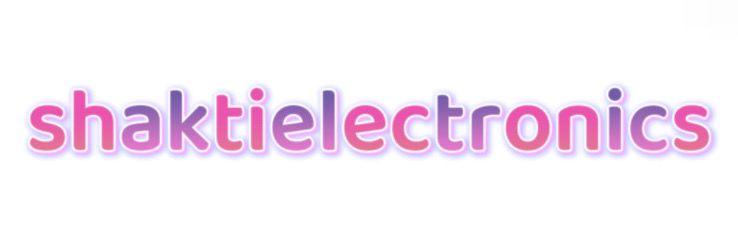Capacitor Compensation Cabinet vs. Traditional Power Factor Solutions
Understanding the balance of power in electrical systems is crucial for efficiency and reliability. Power factor correction helps utilities and businesses reduce energy costs and improve system performance. In this article, we’ll explore the differences between capacitor compensation cabinets and traditional power factor correction solutions, shedding light on their unique advantages and applications.
Are you interested in learning more about capacitor compensation cabinet? Contact us today to secure an expert consultation!
What Is Power Factor and Why It Matters
Before diving into these solutions, it’s essential to understand what power factor is. Simply put, power factor is the measure of how effectively electrical power is being converted into useful work output. A power factor of 1 indicates perfect efficiency, while lower values signal wasted energy, which can translate into higher electricity bills and potential penalties.
Traditional Power Factor Correction Solutions
Traditional methods for improving power factor often rely on synchronous condensers, rotary machines, and existing transformer setups. These methods can be effective, but they come with certain limitations.
Features of Traditional Solutions
- Large Footprint: Many conventional systems require significant physical space.
- Complex Maintenance: Mechanical components can lead to increased maintenance efforts and costs.
- Lower Efficiency: Synchronous condensers and similar devices may not always offer optimal energy savings, especially in fluctuating load conditions.
Capacitor Compensation Cabinets: A Modern Approach
Capacitor compensation cabinets represent a more refined method of power factor correction. These systems utilize capacitors to offset inductive loads, effectively improving the overall power factor.
Key Benefits of Capacitor Compensation Cabinets
Compact Design: Unlike traditional systems, capacitor cabinets are generally smaller and can be installed in tight spaces.
Ease of Installation: These cabinets often integrate seamlessly into existing electrical systems, reducing setup complexity and time.
Higher Efficiency: Capacitor solutions react quickly to changes in load, ensuring more consistent power factor improvement, leading to notable energy savings.
Additional reading:
7 Essential Benefits of Using Static Var Generator Suppliers for Your BusinessSmart Technology: Many modern capacitor compensation cabinets come equipped with advanced control systems that can monitor and adjust the reactive power in real-time. This adaptability enhances system responsiveness and efficiency.
Comparing Performance and Cost
When considering performance, capacitor compensation cabinets generally have the edge due to their rapid response times and energy-efficient design. Traditional solutions may have lower initial costs, but they can incur higher maintenance and operational costs over time, particularly in environments with variable loads.
In terms of investment, capacitor cabinets might require a higher upfront cost. However, the long-term savings on electricity bills and reduced maintenance efforts can make them a more economical choice in the long run.
Applications and Suitability
Both capacitor compensation cabinets and traditional solutions find their applications in various industrial settings. Capacitor systems are especially effective in environments with fluctuating demand, such as manufacturing facilities, data centers, and commercial buildings. Conversely, traditional methods might still be beneficial in settings where space and budget allow for larger installations.
Conclusion
In conclusion, the choice between capacitor compensation cabinets and traditional power factor solutions ultimately depends on specific operational needs and goals. While traditional methods have their place in power factor correction, the advantages offered by capacitor compensation cabinets—such as efficiency, ease of installation, and adaptability—make them an attractive option for many modern applications. By understanding these differences, businesses can make informed decisions that enhance productivity and energy savings.
Investing in the right power factor correction solution is a significant step toward fostering a more efficient and cost-effective electrical system, paving the way for a brighter energy future.
Want more information on GCK Low-voltage switchgear? Feel free to contact us.
7
0
0
Previous: None


Comments
All Comments (0)